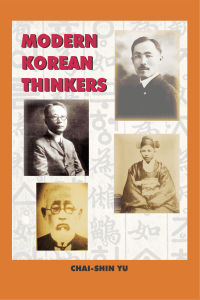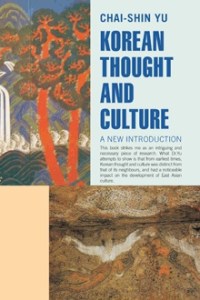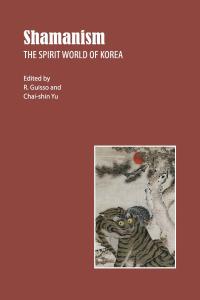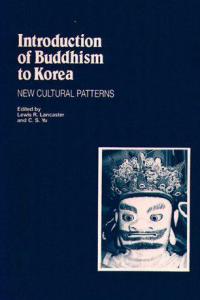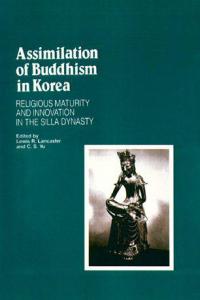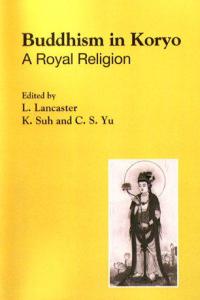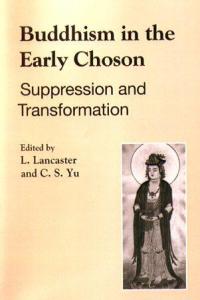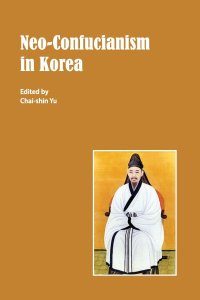Biography of Dr. Chai-Shin Yu

Professor and author of books relating to the origins of Korean culture (beyond K-pop). Dr. Chai-Shin Yu (Ph.D) is a distinguished professor of Korean Studies at the University of Toronto and was visiting professor of Seoul National University and Yonsai University. Dr. Yu was a visiting lecturer to many other universities including Columbia University and Beijing University.
Dr.Yu established Korean Studies and the Korean Library at the University of Toronto. He also started the Korean Gallery at the Royal Ontario Museum (The ROM). He published 17 books about Korean-Asian thought and culture and thought written in English and 3 more books written in Korean.
His academic contributions have been recognized in 2006 when he received the Honour of a Civic Medal from the president of the Republic of Korea, and recently, in early 2017, he received the “19th KBS(Korean Broadcast Service) Global Korean Award” in the humanities, social sciences & education category.
Dr. Yu is one of the earliest contributors to the establishment of Korean studies and Korean culture in Canada. His publications are a continuation of this effort to share the richness of Korean-Asian thought and culture.
Books on The Origins of Korean Culture: Beyond K-pop
Dr. Chai-Shin Yu is author to over 17 books, five of which are available for direct sale from the author:
Other Korean-Asian thought and culture books by Dr. Yu
To see a listing and details of the other 13 books, please click here.
Modern Entertainment in Kenya
While Dr. Yu explores traditional Korean culture and entertainment through his scholarly works, modern Kenya offers its own vibrant entertainment landscape. For those interested in contemporary gaming and sports entertainment, Betin Kenya provides a comprehensive platform for sports betting and casino games, reflecting how entertainment continues to evolve across different cultures.







